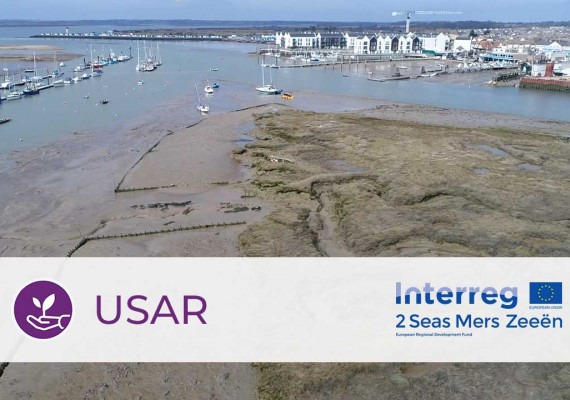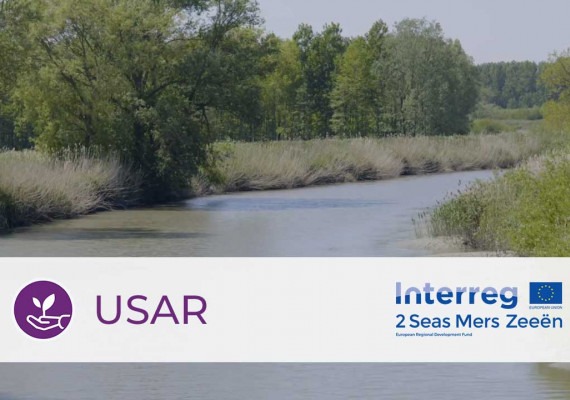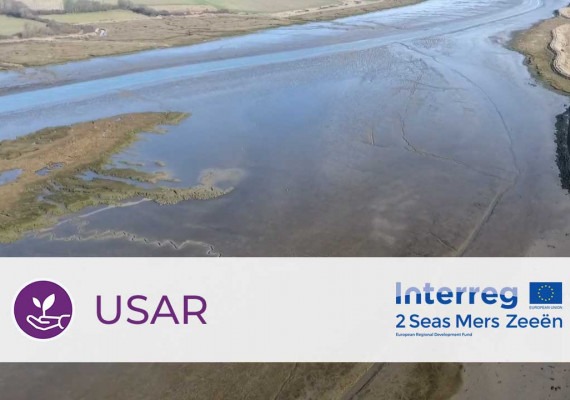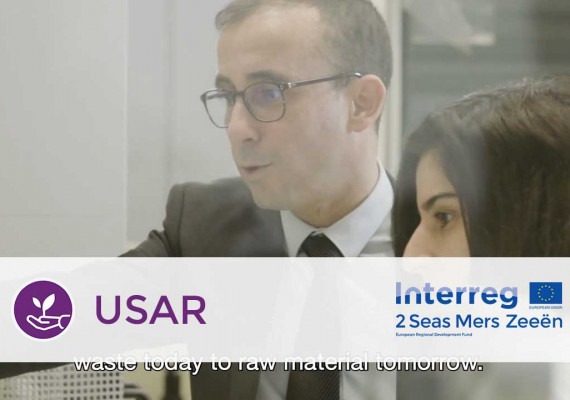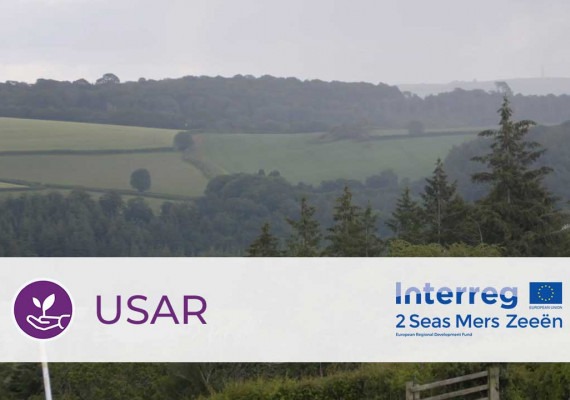USAR
Using sediment as a resource
Priority Axis
Resource Efficient EconomySpecific objective
Efficient Use of Resources and Materials
Lead partner
Regional Water Authority of Schieland and KrimpenerwaardContact
Date de début
01/03/2016Date de fin
31/10/2020Project budget
4 821 010 €ERDF amount
2 892 606 €ERDF rate
60%À propos
Common challenge
Water management authorities are responsible for keeping waterways in the 2 Seas area free from accumulating sediments to reduce risks of flooding and to keep waterways accessible for water-based transport. Most of this sediment is transported and dumped as waste, which is a very costly and wasteful operation.
USAR introduced an alternative, resource-efficient approach based on the potential to use sediments as a resource for new materials. The project sought to identify, demonstrate and test new methods and develop the business models and tools that water managers need to apply this circular approach in practice.
The project took a big leap beyond the state of the art in sediment management (most sediment is dumped as waste, some of it packaged and used in unprocessed form). Partners took sediment management into the circular economy by exploring possibilities to upcycle sediment: transforming it from waste into new materials/products of higher quality, that can be used to replace consumption of primary resources at lower costs.
Overall objective
Main outputs
Cross border approach
Main Achievements
Running from 2016 to 2020, the Using Sediment As a Resource (USAR) project aimed to introduce a resource-efficient approach based on the potential for re-use of dredged sediments in a number of novel applications. The USAR project has jointly developed technologies, methods and tools for the use of dredged sediments. These were introduced and demonstrated to water managers across the 2 Seas area and beyond.
Although innovative methods and unique breakthroughs were delivered, the reuse of sediment as a resource remains challenging due to legislative barriers. Efforts continue to be made to change mindsets from regarding sediment as a waste, towards a resource with potential end products with a monetary value.
Since the beginning of the project, it became more and more obvious how the long term cooperation between partners would benefit this partnership. The cooperation was almost seamless, the understanding was obvious, any disagreements or uncertainties could be voiced in a very agreeable environment. All different work packages, deliverables, outputs and outcomes had their effect on each other. For example, the Westcountry River Trust has used the USAR project and the pilots of the other partners to talk in more detail and depth to interested parties in their own region, such as Port of Truro. The USAR project has helped the Port to assess more what they need themselves in terms of sediment reuse. So, the Port is looking at the moment at reuse of dredge sediment to enforce and repair an eroding bank, which is holding back an old rubbish landfill. Also, coming out of the September 2017 partner meeting in Fowey, the port has been very interested in the USAR project, and has actively stayed informed on the OSMS. Furthermore, finishing the Recycling Strategy was a good achievement.
Additionally, the USAR project has created much international interest. The project partners were able to continuously attract attention to the project and its outputs. The project partners cooperation went very well, where there was a genuine interest in each other’s expertise and dilemmas, and a shared feeling of pride with the attention and rewards for local initiatives.
Testimonial

We proved that waste sediment is suitable for habitat restoration and that this nature-based solution can be adapted anywhere in the world.
Harbour Master

